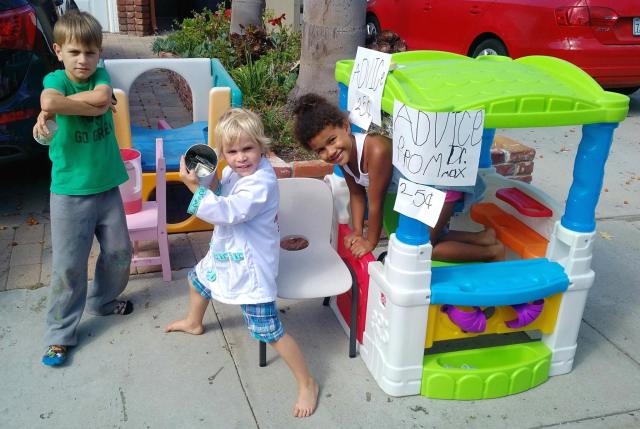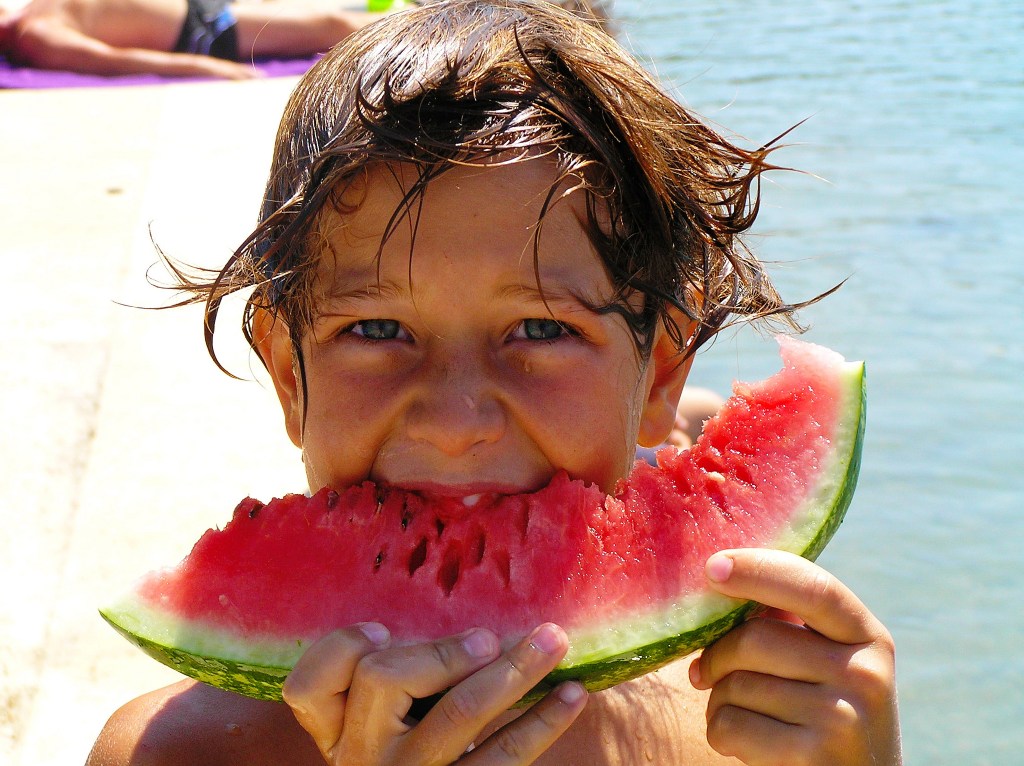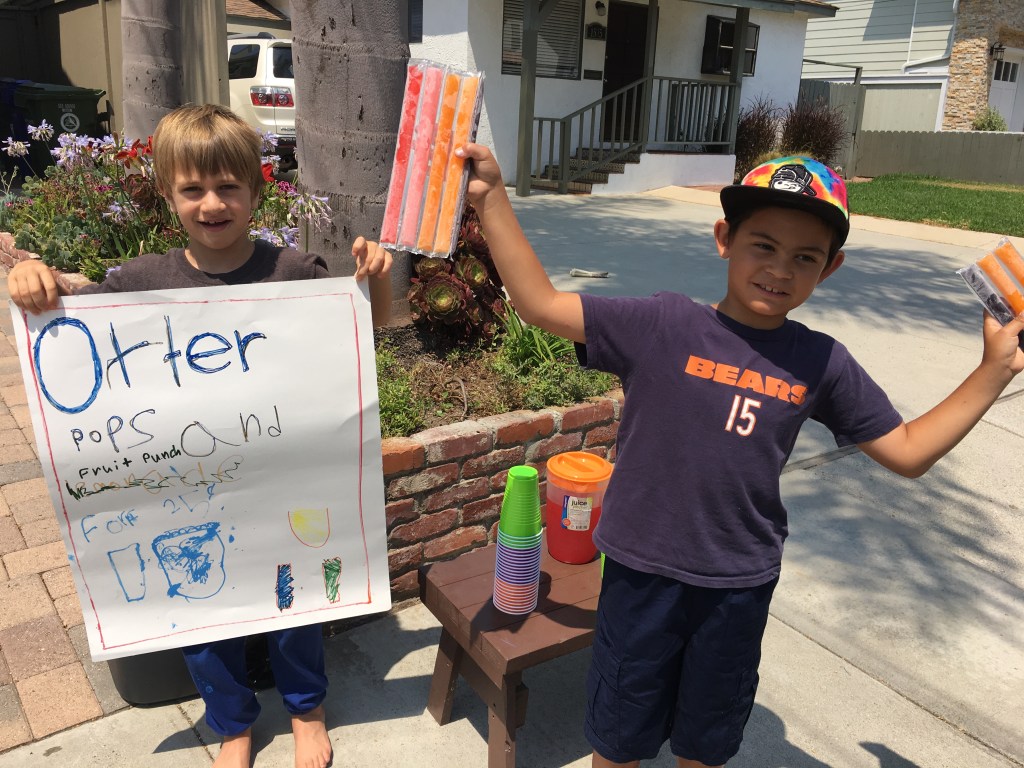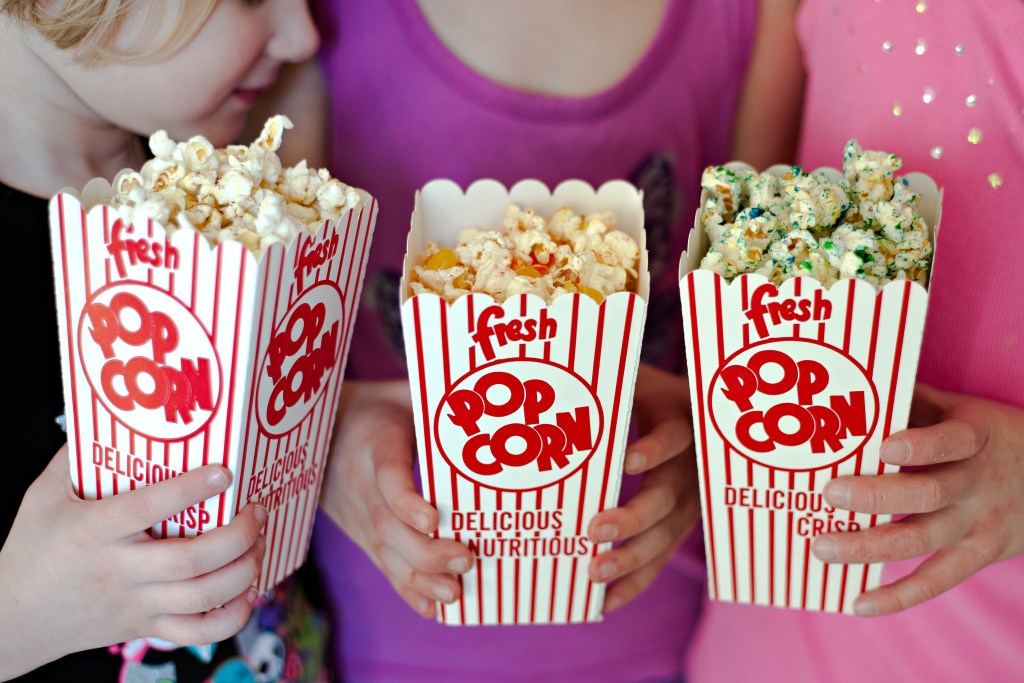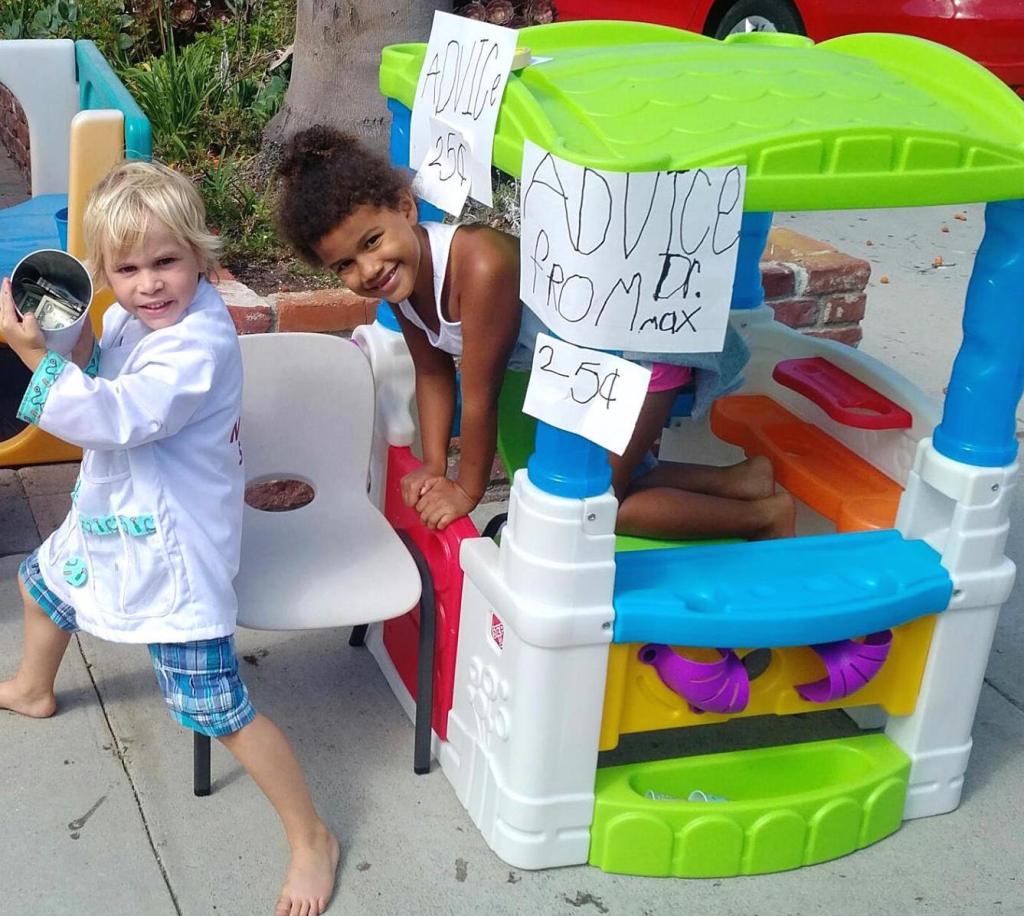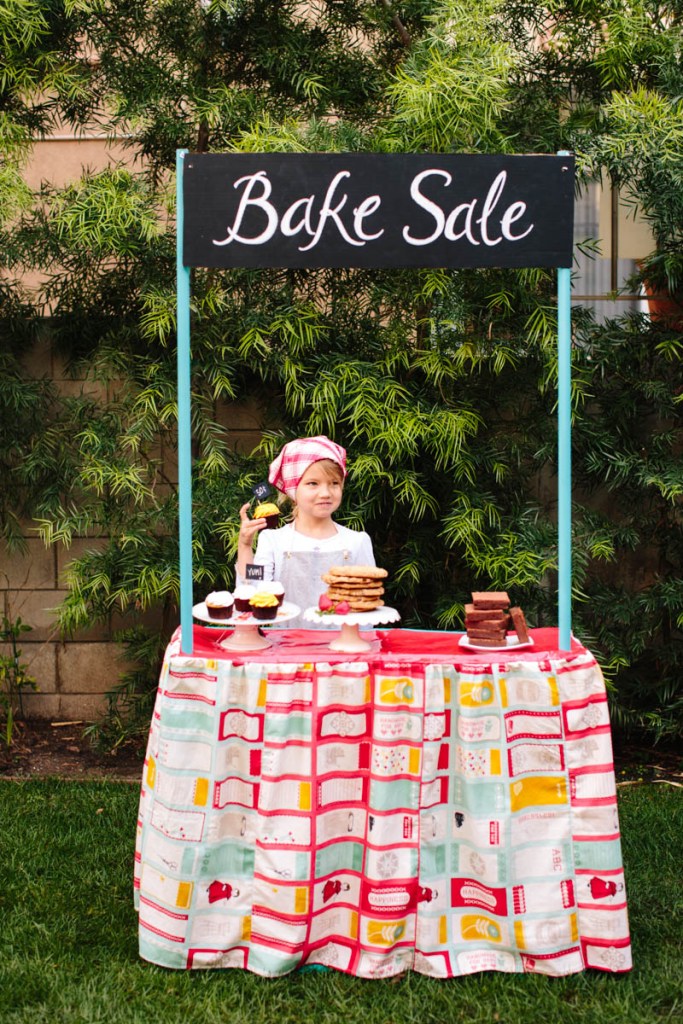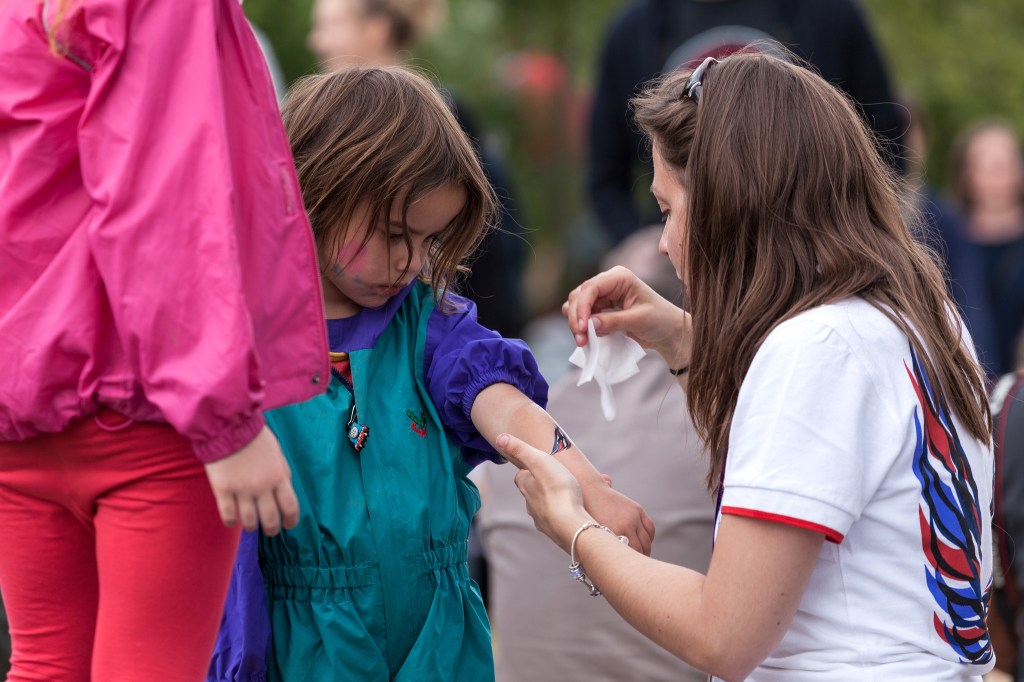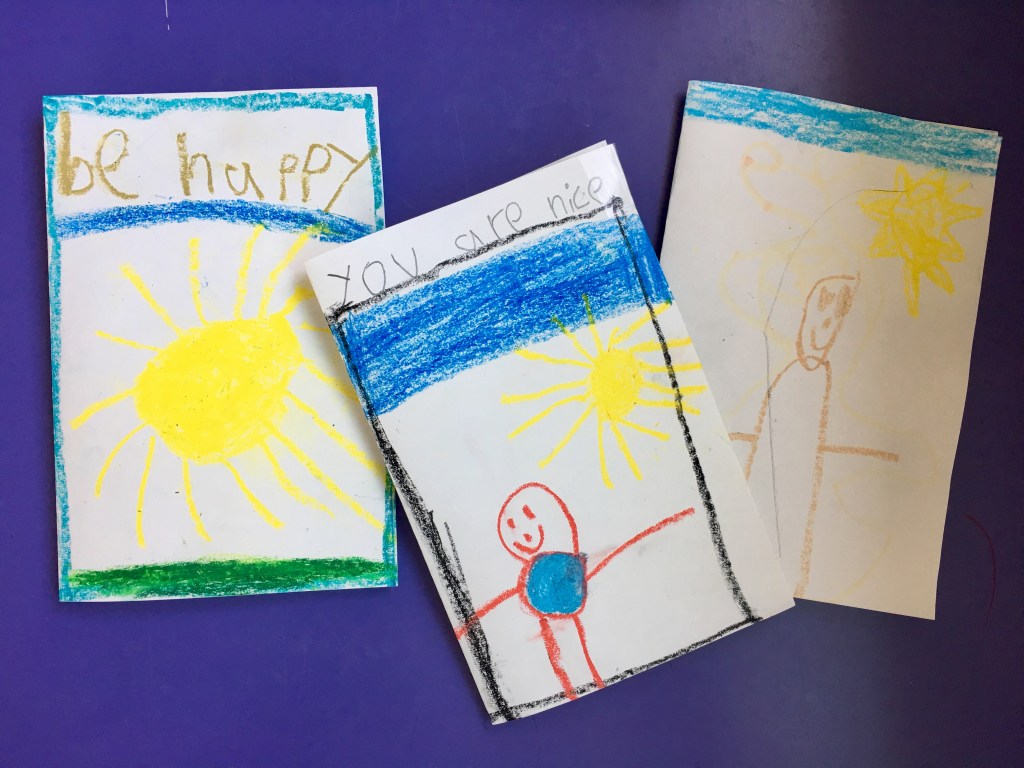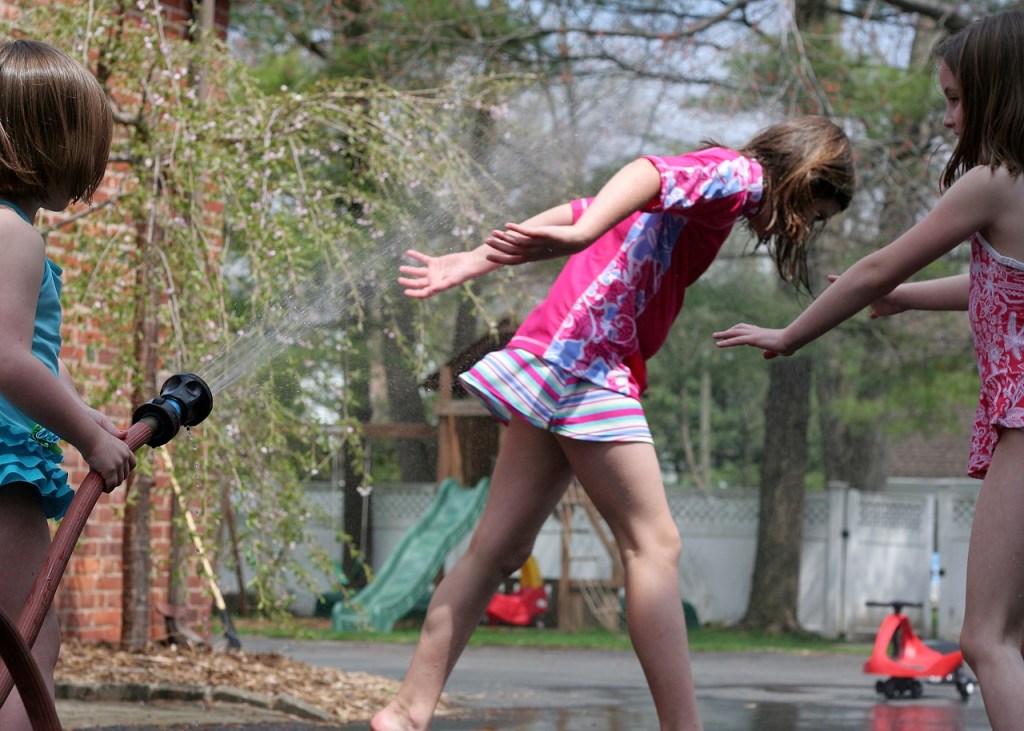Winter is here, snow is falling in the mountains, and another exciting ski season is at hand. For those who were BK Skiers (before kids) the dream of the day when you are able to delight in the winter sport again and share the experience as a family might be a reality this year. Here are some great tips for getting your little ones out on the slopes.
Keep them warm.
Think snow and kids and the vision of the bundled toddler barely able to walk with all of the padding comes to mind. While warmth is essential, ease of mobility is now key as well.
- When choosing those adorable little snow duds, consider potty access. The all-in-one full zip snowsuits can be tricky, especially in chilly bathrooms. Ski bibs are a great alternative for easy access and keeping the snow out. Check labels to ensure your pants and jacket are water-proof, or at the very least, water-resistant.
- Think layers. A well dressed kid is one with multiple layers enabling you to adjust to changing temperatures. Start with a lightweight base layer to keep body heat in. Socks should provide warmth and wick sweat away from the feet. Synthetic materials are better than their cotton brethren, which will hold moisture and cause your little one to feel chilled. In colder weather, add a long-sleeve T-shirt and sweatpants over the long underwear.
- Don’t forget a comfortable pair of goggles or sunglasses to protect eyes from glare, wind, and sprays of snow. Many manufacturers make specific child sizes for a better fit.
Get the right gear.
A good thing to remember when you first introduce young children to skiing is that it should be fun and at this stage, it’s more about getting them comfortable then actually skiing. Seasonal rentals are a great cost effective way to have your child in the proper sized equipment as they grow bigger. Buying gear isn’t a bad option either, especially if you have multiple kids. With it’s typical light use, beginner ski gear can be used many times.
So how do you measure your child for proper fit?
- Kids 3 and under should have skis that come up to roughly, between their shoulder and their chin. This length lets them feel the sensation of sliding yet still able to get around, get up easily, and side step or slide and glide. In general kids do better on skis they feel comfortable on.
- If your child is 4 or 5 years old, both weight and height need to be considered when choosing skis for beginners. A good rule of thumb is to pick skis that stand between their chin and nose. Skis are measured in centimeters and most children starting out are comfortable on skis that are 88-90cm.
- The ideal way to find the proper sized boots is to actually try on some different sizes at a shop. Remove the liner from the boot before they step in so that you can check the length and width directly. Ski boots are measured in what is called Mondo Point sizing, which is the length (in centimeters) of the sole of the foot. Have your child stand on a tape measure, being sure to read the centimeter side of the ruler from heel to toe. Most young kids will measure between 15 and 21 cm, which is translated as size 15.0 and 21.0.
- Don’t forget to cover that noggin with a properly fitting ski helmet! You can buy or rent, but helmets are critical gear since most head injuries happen at low speeds.
Have some fun inside first.
No doubt about it, those stiff boots, clunky helmets, bug goggles, and giant boards attached to your feet can be scary business! Avoid the tears and let your little ones have some fun inside gearing up and sliding across the carpet with some help from mom or dad. Let them practice putting on and taking off the boots and be sure to demonstrate binding use. Our 3 year old felt much more comfortable once he realized the loud “click” of a binding did not mean the skis were now permanently attached to his feet.
Consider enrolling in school.
Ski school is the best way for your child to get a comfortable introduction on how fun skiing can really be in a fun and low pressure environment. Child specific ski instructors are the experts on handling an army of pint sized snow-monsters and by the end of a couple of days most are able to actually get their gear on and off, be familiar with a tow rope or chair lift (with help of a grownup), go straight (french-fries), slow down, stop (pizza), and even turn a little. Most programs are half or full day and require advanced reservations. We found a couple of half days in a row was the best way to really introduce the kids to the concept.
Get your own gear ready.
The most practical thing a parent skier should own is some kind of hydration backpack. Pack it with snacks, extra layers, extra gloves, and sunblock. The water is probably the most important item though, since a dehydrated kid is a cranky kid. If you are teaching your child to ski yourself there is a variety of gear that can help with this endeavor. We tried several of these contraptions, but the Lucky Bums Ski Trainer was by far the favorite. The grab handle on the back is perfect for loading kids on and off the chair lifts and it also has a handy self enclosed backpack to stash the straps.
Got any other tips that helped your little ski bunnies hit the slopes? Share them with us in a comment below.
*Disclaimer: Ski at your own risk. Take the time to familiarize and educate yourself about the potential risks and dangers associated with the sport of skiing. The content of this article in no way is intended to be a substitute for a parents judgment. Red Tricycle does not assume any liability for any of the information contained in this article. The advice provided herein is strictly advisory in nature. The reader assumes full responsibility for the right to consider or disregard anything written herein, either in part or in its entirety.
photos courtesy of: AnneCN via flickr, *clairity* via flickr, Squaw Valley via flickr, eric.surfdude via flickr, the Brave Ski Mom





